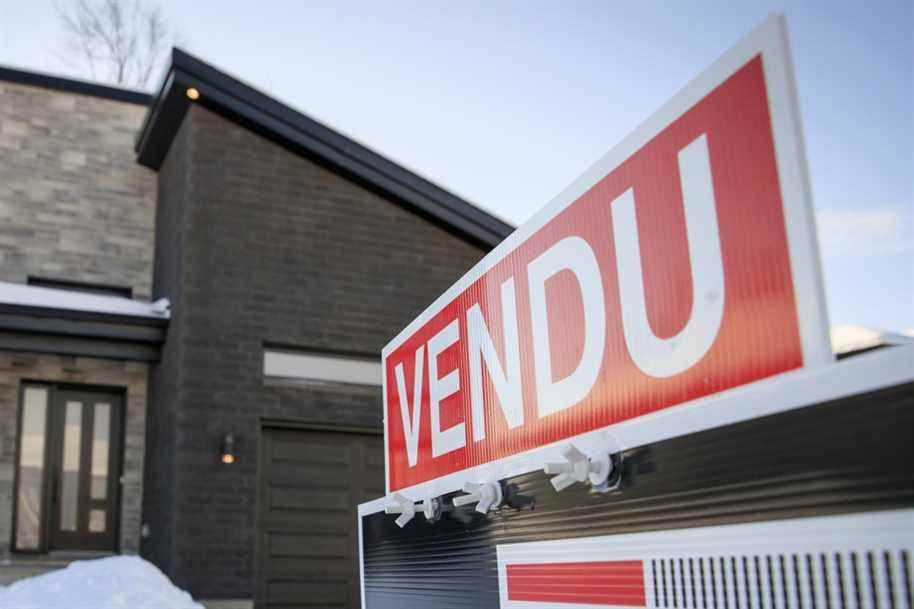(Ottawa) The Parliamentary Budget Officer warns homeownership has become even less affordable during the pandemic for the average buyer, who could find it even more difficult to enter the market unless prices drop.
Posted at 4:21 p.m.
House prices were skyrocketing before the COVID-19 pandemic hit two years ago and were further inflated by rock-bottom interest rates, demand for more space and supply who cannot follow.
According to the report by the Parliamentary Budget Officer (PBO), Yves Giroux, house prices in most major cities could have been considered affordable at the beginning of 2015, depending on the costs, but also on the borrowing capacity of the buyers.
Mr. Giroux’s office estimates that home prices in Toronto, Hamilton and Ottawa were more than 50% above an affordable level at the end of 2021, and unaffordable by a smaller margin in Vancouver and to Montreal.
Average property prices in Vancouver and Montreal were about 30% to 45% above estimated affordable levels in December 2021.
The PBO says the average income earner will find it increasingly difficult to afford a home in the future unless prices go down or wages go up.
Vulnerable to sudden shock
Mr. Giroux also warns that those who have recently bought homes are more vulnerable to rising interest rates and may find themselves unable to cope with a sudden shock like job loss.
Its report noted that debt loads in Toronto, Vancouver, Victoria and Hamilton were high enough that households could be considered financially vulnerable, meaning any loss of income would make them less likely to meet installments. mortgages.
Financially better-off homeowners will be able to handle higher rates, Giroux said, but those with average incomes who have recently purchased homes “could be in a tough spot” financially.
The report released Thursday adds to the evidence before MPs who, Giroux said, have repeatedly come to his office with questions about the cost of housing.
Giroux’s report indicates that at the end of last year, the national average home price was $811,700, a 43% increase from the $565,800 price recorded in December 2019, a few months before the pandemic hit the country.
The December 2021 figure was also almost double the average price of $413,000 in January 2015.
Low interest rates, pushed there by the central bank to keep the economy going, and federal aid payments that imposed a financial floor on households have helped push prices up over the past two years.
Mr. Giroux said gains in borrowing capacity resulting from financial circumstances had been far outweighed by house prices in several cities and had actually widened the affordability gap.
Fixed-rate mortgages rose as the Bank of Canada is expected to start raising its key rate next month. If that happens (or when it does), variable rate mortgages will start to climb, as the central bank looks to cool overheated markets.
Giroux said rising rates would likely offset any increase in middle-class household income, meaning their ability to borrow, and therefore afford a home, will remain relatively stable.
Increase supply
Prices should come down to make home ownership more affordable for the average buyer, Giroux said. One possible avenue is to increase supply, which, according to Mr. Giroux’s report, did not keep up with the population boom between 2015 and 2019.
The federal government has sought to increase housing supply, promising cities funding to help speed up development times and approvals.
On Thursday, Canada’s Finance Minister Chrystia Freeland offered public transit funding to help cities manage shortfalls, but called on provinces and cities to accelerate housing plans as financing conditions.
Conservative housing critic Matt Jeneroux said Liberal efforts so far have not been able to close the affordability gap for homebuyers and argued that plans government would not solve the problem.
